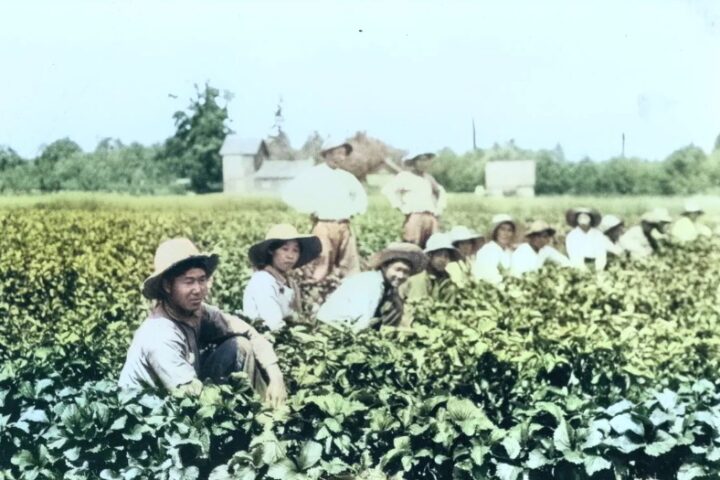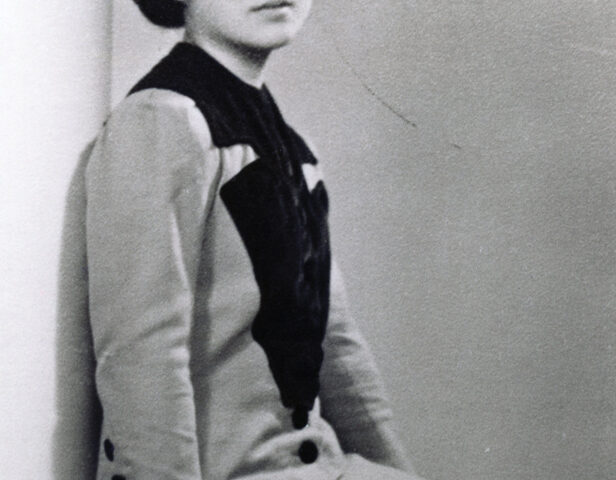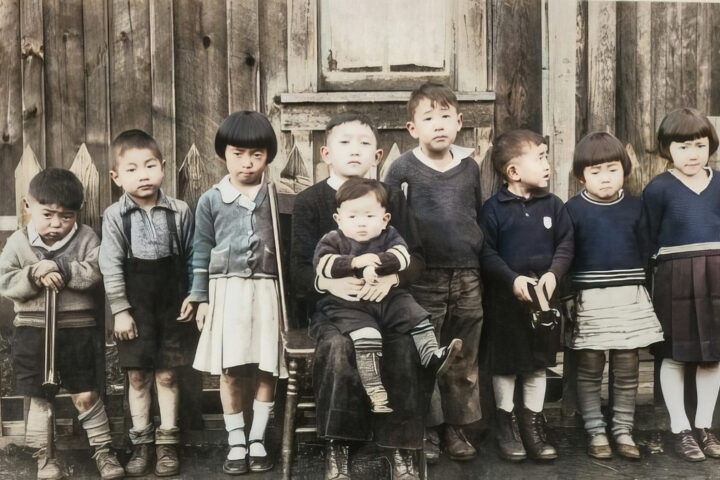Japanese Canadian History in January and Stories of Japanese Shipwrecks
by Lorene Oikawa, Past President NAJC
Happy New Year! 2023 is Year of the Rabbit. Akemashite Omedetō Gozaimasu.
As we look forward to the future, we also look at our past. The stories of our ancestors remind us of their challenges, hard work, and achievements. It is where we come from, and we must ensure the injustices are not repeated.
Highlights of January Dates in Japanese Canadian History
January 8, 1941 Prime Minister King announces a special investigating committee recommends citizens of Japanese ancestry be exempted from volunteering for armed services not because of disloyalty, but because of anti-Japanese hostility in British Columbia.
January 16, 1942 Order-in-Council P.C. 365 creates a 100 mile “protected area” on the coast of British Columbia from which male enemy aliens are excluded.
January 19, 1943 Order-in-Council P.C. 469 allows disposal of all property understood to be under “protective custody” by the government through the Custodian of Alien Property without the owners’ consent.
January 1945 Orders-in-Council P.C. 7335, 7356, and 7357 empowered a tribunal to determine the loyalty of Japanese Canadians, define Japanese Canadians to be deported, and strip them of their Canadian nationality.
January 1, 1946 War Measures Act expires. The government enables extending wartime orders against Japanese Canadians under the National Transitional Emergency Powers Act.
January 1, 1947 The population of Japanese Canadians in British Columbia has fallen to 6,776 from about 22,000 prior to the uprooting.
January 24, 1947 Prime Minister King announces the orders for the deportation of Japanese Canadians is repealed, after court challenges and a strong protest movement which included churches, academics, journalists, and politicians.
January 17, 1949 Vancouver City Council extends the municipal vote to wives of registered voters and to all citizens of Asiatic origin including Japanese Canadians. The BC government had extended the provincial vote to Chinese Canadians and Indo Canadians in April 1947, but refused to include Japanese Canadians and said they would not consider the franchise at least until the federal government removed its restrictions.
Stories of Japanese Shipwrecks and Japanese in British Columbia
2023 marks 165 years of the first recorded visit of Japanese to British Columbia in 1858. There is an earlier case of Japanese in British Columbia 190 years ago which I will describe later. There have been many reports of Japanese shipwrecks in BC and this article reviews some of those stories and the history of the period.
In 1858, there were twelve Japanese men (captain, mate and 10 seamen) who had been floating in a disabled ship for five months in the Pacific Ocean until they were rescued by a British ship, the Caribbean. They were taken to San Francisco on June 7, and then later in the year, the Caribbean stopped in Esquimalt Harbour in Victoria before going to China. The Japanese men were later transferred to another ship in Hong Kong and then handed over to government officials in Nagasaki, Japan.
The captain of the second ship reported the men were shipwrecked off the coast of Vancouver Island, which is now believed to be inaccurate.
There is another report of a shipwreck in 1833, the Honjun-Maru, which has been repeatedly reported as a shipwreck off the coast of British Columbia. Grant Keddie, former Curator of Archaeology, Royal British Columbia Museum, cites reports saying the wreck happened “near Point Grenville, south of Cape Flattery in the Olympic Peninsula, in the State of Washington.” There were only three survivors, Iwakichi (28 years old), Kyukichi (15) and Otokichi (14) and they were taken captive by the local Indigenous peoples. Captain McNeill of the Hudson’s Bay Company travelled to Fort Langley and ransomed them. He took them to Fort Vancouver, and then the three are listed as passengers on a ship to England on November 15, 1834.
King William IV paid for their passage to China. The three of them tried to return to Japan. Only Otokichi would be able to return to Japan in 1854. He was offered repatriation, but he refused because by then he had an English wife and was with the British Royal Navy as a translator.
The shipwreck did not occur in British Columbia but the three were in Fort Langley which is what we now know as British Columbia. It is a documented case of Japanese in British Columbia 190 years ago.
Although some of the stories of shipwrecks have been shown to be south of British Columbia, it is highly probable that there have been early visits from Japanese. There have also been stories of Japanese settling in Indigenous communities, but nothing documented.
Many of the accounts of ships that were carried from across the ocean is because of the Kuroshio Current. This current starts in the Philippines and then flows northward to Japan through the Sea of Japan and then re-enters the Pacific Ocean with a significant increase in strength as it starts flowing towards North America.
There are also some strong opinions about the idea of Japanese shipwrecks in the area because of the first European explorers who commonly reported seeing iron products and there is archaeological evidence of iron tools. It will be difficult to prove the connection to Japan unless the origin of the iron can be determined.
Japanese did have the means to make long journeys whether by choice or not. Also, by the late 18th century, there was a lot of turmoil. There were about twenty great famines between 1675 and 1837. Many crops were destroyed by bad weather and volcanic eruption. There was a change in the social order which pitted the ruling Tokugawa clan and its feudal system versus the rise of the merchant class and urban lifestyle and imperial rule and adoption of Western ideas. One could not expect to return if they left Japan, but perhaps the hope for a better life may have inspired a voyage.
Change was also happening in British Columbia. On August 2, 1858, the British, fearful of annexation by the Americans, created the colony of British Columbia. The southern part of the province was known as Columbia, named after the river. Queen Victoria chose the name, British Columbia, and New Westminster became the capital. It wasn’t until 1871, when British Columbia became the sixth province to join Canada.
In Japan, the country was facing tremendous change as the Edo or Tokugawa period (1603 to 1867) was ending. The black ships, as Japan referred to foreign Western ships, had been arriving since the 16th century. Trade was established but limited and the Tokugawa shogunate imposed a policy of isolationism until 1853. On July 8 of that year the US Navy sent four warships into the harbour at the capital Edo, demanding Japan open its country to trade with the West.
Japanese ships had been visiting foreign lands from the 16th century. They had learned European ship building techniques and the North American geography from an Englishman who had been shipwrecked. Apparently, he taught geography to the Emperor of Japan.
At the beginning of the Edo period, one of the first Western-style sailing ships was built in Sendai in 1613. The San Juan Bautista, a Spanish galleon type of ship, took 180 people on a diplomatic mission to Acapulco in New Spain (present day Mexico). Hasekura Tsunenaga, considered the Ambassador of Japan, and some of the group then travelled to Spain and other stops in Europe, and met with Pope Paul V in Rome. On their return trip, they retraced their journey in New Spain and then went to Manila before returning to Japan in 1620. Tsunenaga’s efforts for a trade agreement never progressed. By the time he returned to Japan, Christianity was being eradicated and the country was moving towards a period of seclusion.



